In order to use this feature, you need register and become a member.
Already a member? Login Register hereAkai Reel to Reel Tape Recorders

1929 To 2017
Company Description Submit New Info
Akai produced reel to reel tape recorders from 1959 to 1986 which were manufactured in Japan. These tape recorders targeted the consumer and semi-pro market. The early models of Akai tape recorders used tube electronics and later on they transitioned to solid-state tape recorders. The company produced both 2 and 4 track machines available in 100v Japan, 110-120v, 220-240v & Multi voltages.
1929– founded by Masukichi Akai in 1929 as a manufacturer of radio components
1930’s– Business prospered while Masukichi’s eldest son, Saburo, grew up in the factory
1933– Father/Son team move their facilities from backyard premises to a new factory
1939– Ten days after getting married Saburo Akai (Son) receives his military enlistment papers
WW2– Masukichi sells premises and equipment to Sawafuji Electric Co
Post WW2– Saburo employed as an engineer at Sawafuji
1947– Saburo Akai buys the Kamata plant from Sawafuji. Changes the name to Akai Electric Company
1953-54 Akai begins to export goods bypassing wholesalers. Advertises in the American mag -Electronics with headline “Why not buy Akai technology?” generating inquiries from 5 interested companies. Roberts Electronics founded by Robert Metzner responds
1954– First Reel-Reel, the AT-1 model offered as a kit
1956– First manufactured R-R, the Akai 900. Saburo takes a trip to the U.S. to study the market
1958– Deluxe Stereo Model produced
1960– New Marketing Plan- while continuing mass market, Akai pursues higher end investing heavily in R&D
1962– Licenses Cross Field technology ( better frequency response) from Tandberg and introduces the M-7
1964– Introduces the M-8
1970– Akai America sets up in California
1973– Saburo Akai dies in ski accident
1984 – Akai Professional, a new division of the company is formed to focus on Pro Audio.
The first product, the MG 1212, a 12 channel, 12 track recorder using a MK-20 VHS-like cartridge. With 10 minutes of 12 track recording at 19 cm per second or 20 minutes at 9.5 cm per second with dbx type-1 NR, recording quality rivaled 16 track machines using 1″ tape.
1985– Last Reel -Reel machine produced, the GX-747
1991 – Akai leaves the audio industry. In the late 1980s, Akai employed 100,000 workers and had annual sales of US$5.2 billion.
November 2000 – The company filed for insolvency owing creditors US$1.1B
Akai Reel to Reel Tape Recorder ModelsSubmit New Model
-
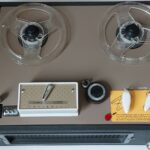 34 Terecorder
34 Terecorder
-
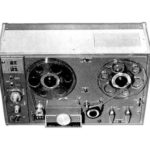 44S
44S
-
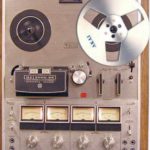 202D-SS
202D-SS
-
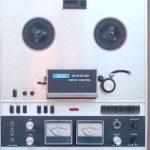 250D
250D
-
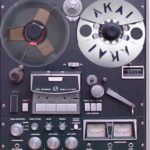 345 Automatic
345 Automatic
-
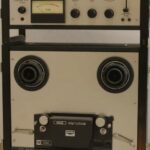 400D Pro
400D Pro
-
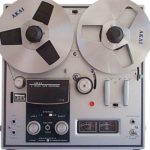 1710
1710
-
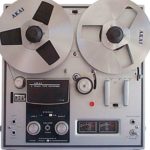 1710W
1710W
-
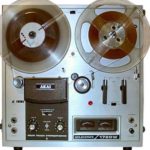 1720
1720
-
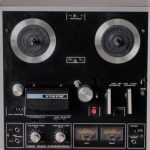 1721 W
1721 W
-
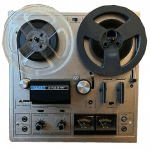 1722w
1722w
-
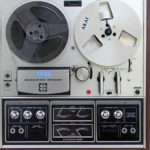 1730D-SS
1730D-SS
-
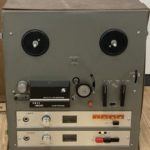 1800
1800
-
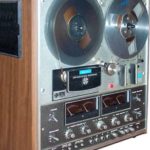 1800D-SS
1800D-SS
-
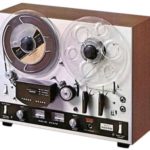 3000D
3000D
-
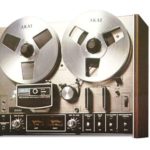 4000 DS
4000 DS
-
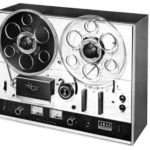 4000D
4000D
-
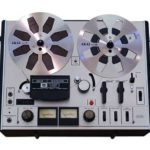 4000D Pro
4000D Pro
-
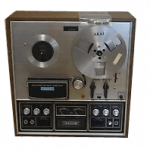 4440D
4440D
-
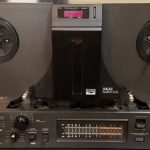 GX-77
GX-77
-
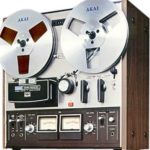 GX-210D
GX-210D
-
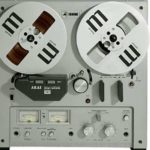 GX-215D
GX-215D
-
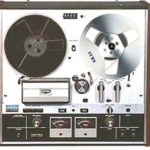 GX-220
GX-220
-
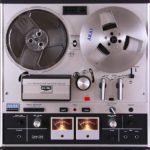 GX-220D
GX-220D
-
 GX 220u
GX 220u
-
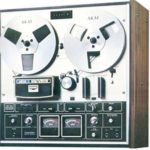 GX-221D
GX-221D
-
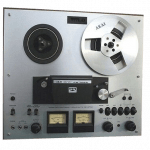 GX-230
GX-230
-
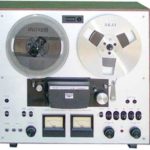 GX-230D
GX-230D
-
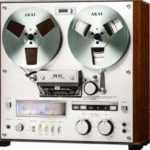 GX-255
GX-255
-
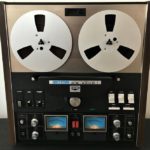 GX-260D
GX-260D
-
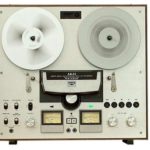 GX-265D
GX-265D
-
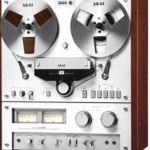 GX-266 II
GX-266 II
-
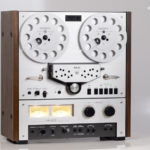 GX-266D
GX-266D
-
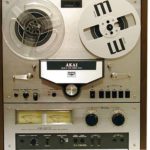 GX-267D
GX-267D
-
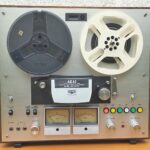 GX-270D
GX-270D
-
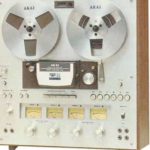 GX-270D-SS
GX-270D-SS
-
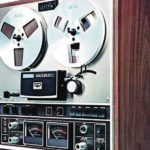 GX-280D
GX-280D
-
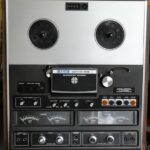 GX-280D-SS
GX-280D-SS
-
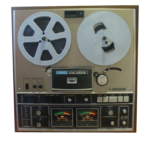 GX-285D
GX-285D
-
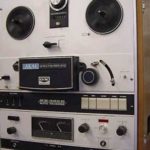 GX-365D
GX-365D
-
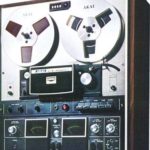 GX-370D
GX-370D
-
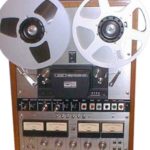 GX-400 DSS
GX-400 DSS
-
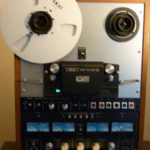 GX-400D
GX-400D
-
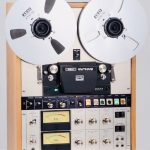 GX-400D-SS
GX-400D-SS
-
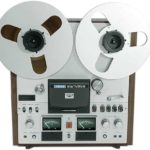 GX-600DB
GX-600DB
-
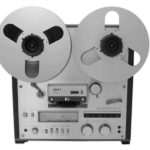 GX-620
GX-620
-
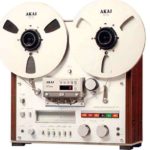 GX-625
GX-625
-
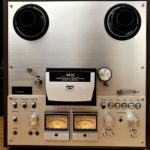 GX-630D
GX-630D
-
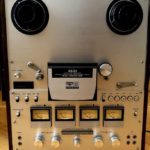 GX-630D-SS
GX-630D-SS
-
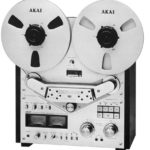 GX-635D
GX-635D
-
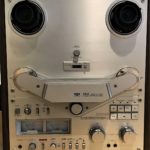 GX-636
GX-636
-
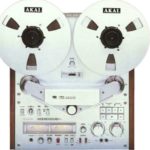 GX-646
GX-646
-
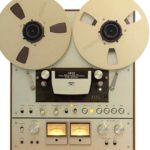 GX-650
GX-650
-
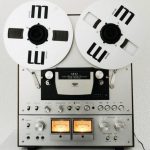 GX-650D
GX-650D
-
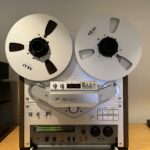 GX-747
GX-747
-
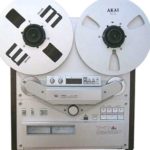 GX-747dbx
GX-747dbx
-
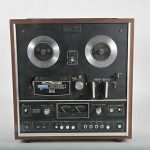 GX-1820
GX-1820
-
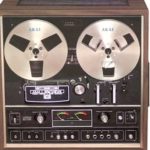 GX-1820D
GX-1820D
-
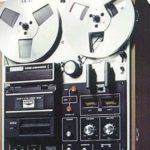 GX-1900
GX-1900
-
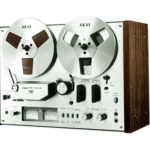 GX-4000 DB
GX-4000 DB
-
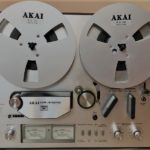 GX-4000D
GX-4000D
-
 GX-4400D
GX-4400D
-
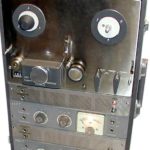 M6
M6
-
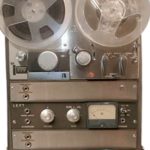 M-7
M-7
-
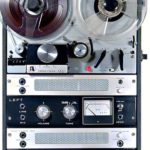 M-8
M-8
-
 M8
M8
-
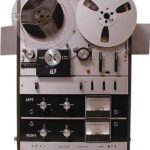 M-9
M-9
-
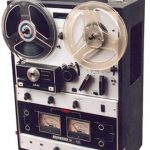 M-10
M-10
-
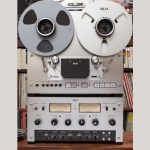 Pro-1000
Pro-1000
-
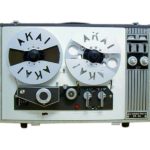 ST1
ST1
-
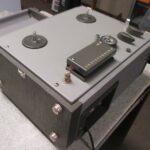 Standard
Standard
-
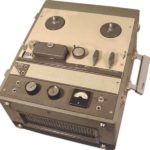 Stereo Deluxe
Stereo Deluxe
-
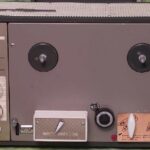 Universal
Universal
-
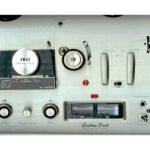 X-100D
X-100D
-
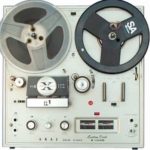 X-150D
X-150D
-
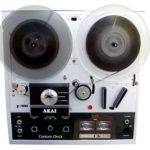 X-165D
X-165D
-
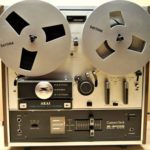 X-200D
X-200D
-
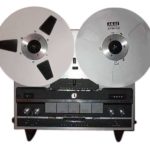 X-300
X-300
-
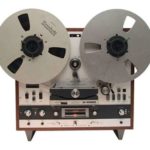 X-330D
X-330D
-
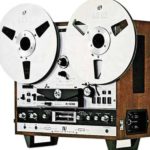 X-330D
X-330D
-
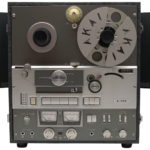 X-355
X-355
-
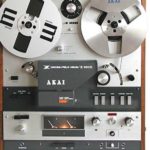 X-360
X-360
-
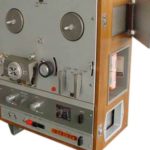 X-1800 SD
X-1800 SD
-
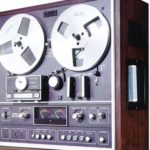 X-1810
X-1810
-
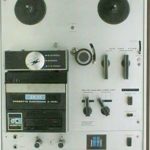 X-2000SD
X-2000SD
-
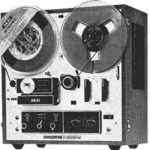 X-5000
X-5000
-
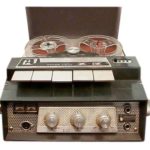 X-IV
X-IV
-
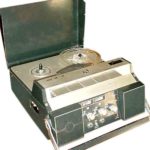 X-V
X-V
